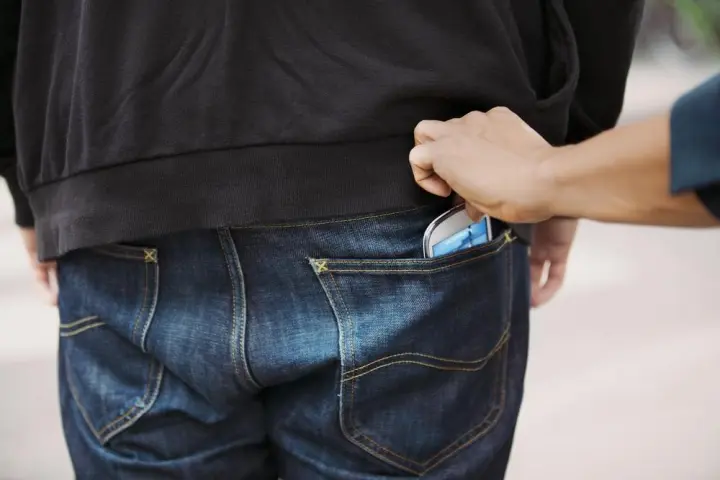
All three cities started the Secure Our Smartphones (SOS) initiative in 2013 to encourage smartphone makers and mobile networks to come up with new security measures to curb phone thefts. So far, Apple has been one of the most proactive companies. It’s Find My iPhone feature and built-in kill switch are now automatically turned on in iOS 8. The company first introduced the feature in 2013 with iOS 7, but back then, it was optional.
Ever since the iPhone added a kill switch, iPhone thefts in the three cities have decreased significantly, reports the BBC. Phone thieving dropped 50 percent in London, 40 percent in San Francisco, and 25 percent in New York over the 12 months after the feature was added. These numbers are pretty significant, as the number of phone thefts in those cities numbered in the millions in recent years. If these numbers are any indication of how well kill switches work to discourage phone theft, it seems likely that lawmakers will continue to push for their installation into every device made.
In fact, many companies will probably add kill switches before the year is out. In 2014, AT&T, Sprint, T-Mobile, Verizon, Apple, Google, HTC, Huawei, Motorola, Microsoft, Nokia, and Samsung signed an agreement with the Cellular Telephone Industries Association (CTIA) promising to add a kill switch by July of 2015.
So far, Google’s Android Lollipop 5.0 has an optional feature called Factory Reset Protection, which will lock your phone down if it’s stolen. Samsung’s Reactivation Lock is available on some Galaxy S5 handsets, though it varies carrier to carrier, and it’s optional, too. Both Microsoft and Qualcomm say they’re working on adding a kill switch for their devices, and processors, respectively.
Editors' Recommendations
- Look who just replaced Samsung as king of the global smartphone market
- Your $1,000 smartphone is a bad deal. These cheap phones prove it
- Android does this one thing so much better than iOS, and it drives me crazy
- Google launches Switch to Android app to chirping crickets
- How to tell if your smartphone has been hacked

